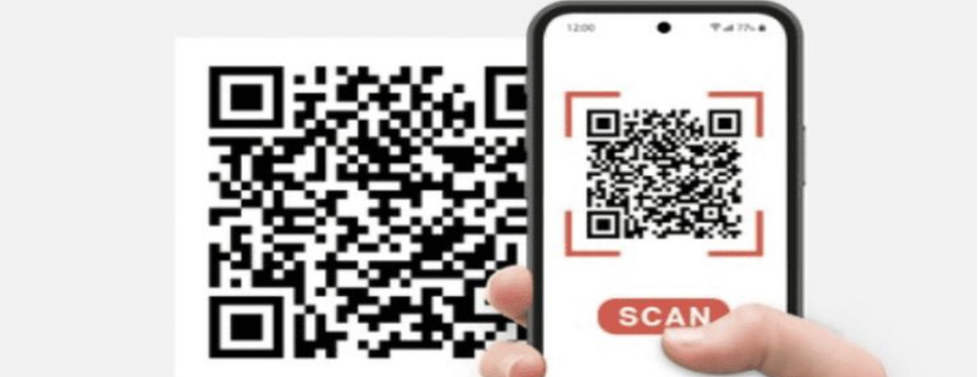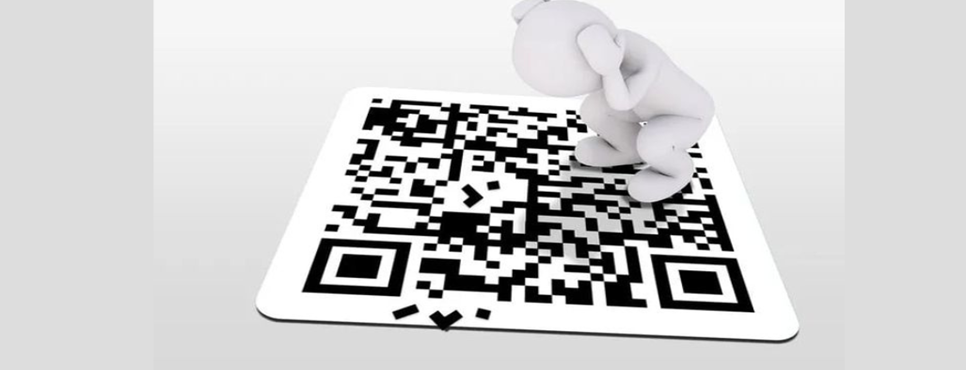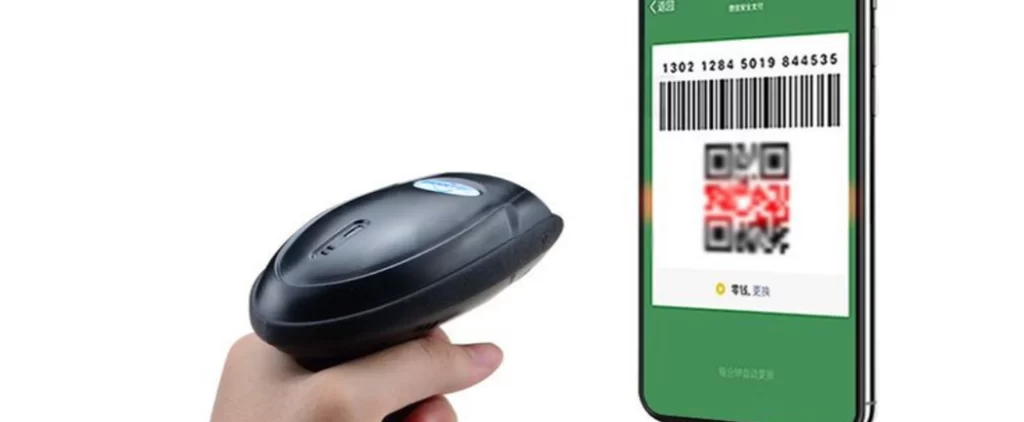
A Barcode Definitions is a machine-readable representation of data that encodes information using parallel lines, dots, or other patterns. It is primarily used for tracking and identification purposes across various industries. The barcode definition states that these symbols can be scanned electronically using barcode readers or mobile devices to retrieve encoded information instantly.
Barcode Definitions come in various types, including 1D and 2D formats, with QR codes being a popular example of the latter. They are widely used in retail, logistics, healthcare, and manufacturing to streamline operations and reduce errors. The efficiency of barcode systems helps businesses improve inventory management, automate processes, and enhance overall productivity.

Table of Contents
ToggleHistory of Barcodes: How They Evolved
The concept of the Barcode Definition dates back to the late 1940s when Norman Joseph Woodland and Bernard Silver developed the first Barcode Definitions system. The first practical implementation appeared in the 1970s when supermarkets started using the Universal Product Code (UPC) to automate checkout processes. Since the barcodes have evolved into various formats, making product identification and inventory management more efficient. The barcode definition has expanded beyond retail, finding applications in healthcare, logistics, and manufacturing.
Today, Barcode Definitions are an essential tool for tracking shipments, managing medical records, and enhancing supply chain efficiency. Advances in technology have led to the development of QR codes and RFID systems, offering even greater versatility. With growing digital integration, barcodes continue to play a vital role in automation and data management across industries.

5 Common Types of Barcodes
- UPC (Universal Product Code) – Commonly found on retail products, UPCs help streamline inventory and pricing processes.
- QR Codes (Quick Response Codes) – Two-dimensional Barcode Definitions that store large amounts of data and are widely used for marketing, payments, and digital interactions.
- Code 39 – A popular alphanumeric barcode used mainly in logistics and healthcare.
- EAN (European Article Number) – Similar to UPCs, EANs are primarily used in Europe for product identification.
- Data Matrix – A high-density 2D Barcode Definitions used in manufacturing and aerospace for part tracking.

Common Applications of Barcodes
- Retail - Automating checkout processes and managing inventory with UPC and EAN codes.
- Healthcare - Tracking patient records, medication, and medical equipment using Barcode Definitions scanning.
- Logistics & Warehousing - Managing shipments, inventory, and supply chains through Barcode Definitions -based tracking systems.
- Manufacturing - Ensuring quality control and product traceability with Data Matrix and Code 39 barcodes.
- Event Management - Using QR codes for digital tickets, event access, and registration.

How to Generate a Barcode
- Choose the Barcode Type - Select the appropriate barcode format based on its intended application.
- Use Online Barcode Generators - Websites like Barcode Generator and QR Code Generator allow you to create barcodes easily.
- Barcode Software - Software such as Adobe Illustrator, Zebra Designer, or BarTender can generate high-quality barcodes.
- Encoding the Data - Input the necessary data, such as a product number, website URL, or serial number.
- Download and Print - Save the barcode in a printable format and integrate it into your labels or packaging.

How to Scan a Barcode: Tools & Technologies
- Handheld Barcode Definitions Scanners - These are commonly used in retail stores and warehouses.
- Mobile Applications - Smartphones with camera-based scanning apps can read QR codes and standard barcodes.
- POS (Point of Sale) Systems - Retail businesses integrate Barcode Definitions scanners into their checkout systems for seamless transactions.
- RFID and NFC Technologies - Advanced systems that combine Barcode Definitions scanning with wireless tracking capabilities.

Common Barcode Errors and How to Fix Them
- Poor Print Quality – Use high-resolution printing to maintain Barcode Definitions readability and prevent scanning errors.
- Incorrect Barcode Type – Choose the right barcode format that is compatible with your scanning system and application needs.
- Damaged Barcodes – Protect Barcode Definitions from wear and tear by using durable labels and protective coatings.
- Data Encoding Errors – Double-check the encoded information before printing to avoid data mismatches.
- Improper Sizing – Ensure Barcode Definitions are printed at an appropriate size for reliable scanning performance.

How to Choose the Right Barcode for Your Needs
- Data Storage Needs - Choose between 1D (linear) or 2D barcodes based on how much data you need to encode.
- Scanning Distance - Determine whether you need long-range scanning capabilities.
- Printing Material - Ensure the barcode is printed on durable material suitable for the intended environment.
- Industry Standards - Follow regulatory requirements, such as GS1 standards for retail and healthcare.
- Integration with Existing Systems - Ensure compatibility with your POS, inventory, or asset management system.

Conclusion
Barcode Definition are a crucial part of modern business operations, simplifying processes in retail, healthcare, logistics, and other industries. Understanding the barcode definition, its types, and its applications allows businesses to improve efficiency and accuracy. By generating and scanning barcodes correctly while minimizing errors, companies can utilize this technology for smooth tracking and data management. Whether for inventory control, product labeling, or event management, selecting the right Barcode Definitions plays a key role in ensuring operational success in today's digital landscape.
With advancements in barcode technology, businesses can now integrate mobile scanning apps and cloud-based tracking systems for real-time data access. Automated Barcode Definitions solutions help reduce human errors and speed up workflows, making operations more cost-effective. As industries continue to digitize, Barcode Definition remain a fundamental tool for improving productivity and streamlining business processes.
For inquiries or assistance with barcode solutions, feel free to contact us today!